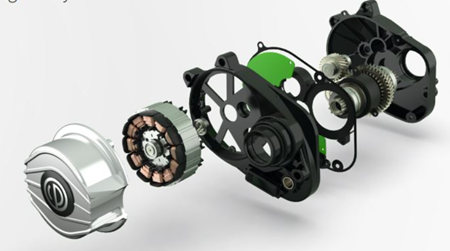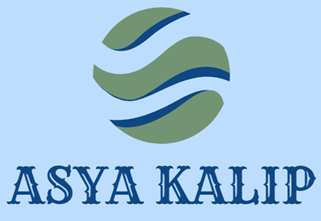
Product Design Factors
There are several important factors to consider in product design:
-
User Needs and Requirements: Understanding the needs of the product's users and creating a design that meets these needs is crucial. User research and feedback can be helpful in this phase.
-
Function and Performance: The core functions and performance goals of the product should be defined. This affects the materials, dimensions, and components used in the design.
-
Aesthetics and Visual Appeal: It is important for the product to be eye-catching and aesthetically pleasing. Factors such as color selection, surface texture, and form design influence this.
-
Material Selection: Materials should be chosen based on the product's intended use. Considerations include material durability, cost, manufacturability, and environmental impact.
-
Manufacturability and Ease of Assembly: The design should be suitable for the manufacturing process. Simple and efficient assembly can reduce production costs.
-
Cost and Budget: You should consider the budget allocated for the design and production of the product.
-
Environmental Impact: Consider the environmental impact of the product throughout its lifecycle. Sustainable materials and manufacturing methods may be preferred.
By considering these factors, you can create a successful product design!
Mechanical Design
Mechanical design plays a crucial role in engineering and involves designing and developing a product or machine to meet specified requirements:
-
Abstract Ideas to Concrete Designs: Mechanical design involves turning a conceptual project or drawing into a tangible form. This includes making the product's color, size, function, visual appeal, and performance manufacturable.
-
Process-Oriented Approach: Mechanical design encompasses a series of processes, including problem research and identification, defining the design's overall features, developing prototype designs, evaluation, and testing phases.
-
Knowledge and Skill Requirements: Mechanical designers must be knowledgeable about limit tolerance techniques, geometric dimensioning and tolerancing (GD&T), as well as manufacturing, quality, and standards.
-
Use of CAD Software: The design process is often carried out using CAD (Computer-Aided Design) software. These tools speed up the design and production tasks and enhance applicability.
Mechanical design includes factors such as material selection, geometric design, load analysis, manufacturability, ease of assembly, and cost-effectiveness.





